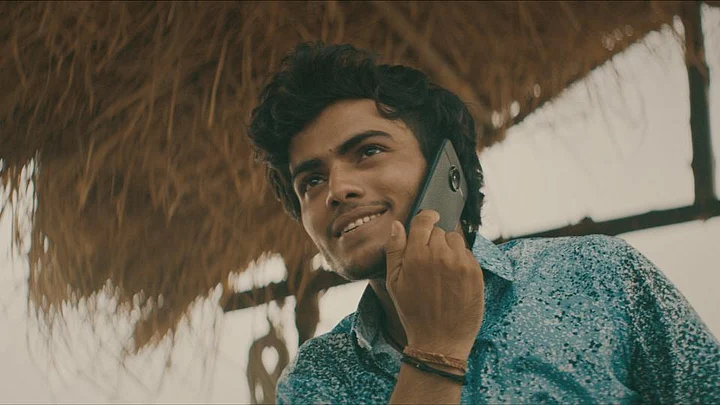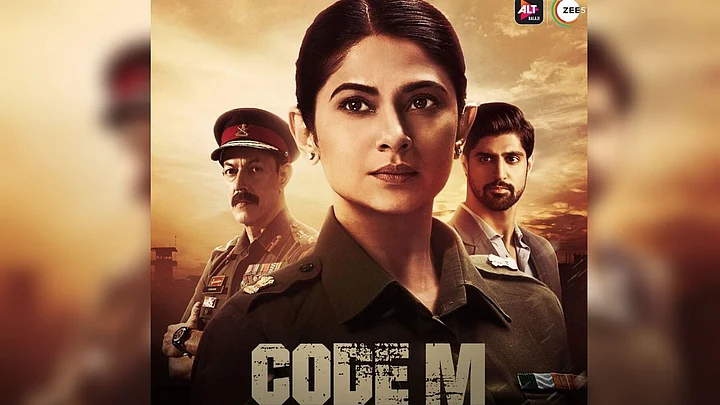The murder that shook a nation, that of journalist Gauri Lankesh, has found a prominent part in the crime-investigation series Crime Science.
Crime Science is a non-fiction anthology series that takes us to India, Singapore and Dubai, where we see technological advancements and breakthroughs in crime investigation and training. Streaming on Channel News Asia’s online platform, the series has three engaging episodes of approximately 46 minutes each.
We see three different countries through the series that have a similar demographic and mixed population, one of which has a population of 1.3 billion (yes, India). Hence, the challenges in investigations are huge.
Not just cities, but forest cover too is a playground for such technology. We see India’s largest forest covers under surveillance to counter poaching and prevent human-animal conflict.
The series talks about different technologies that are used in investigations today and those that we may see in the near future. We get a glimpse of how law enforcement agencies and researchers function. Officers and scientists speak about how technology is used to increase accuracy and speed in the investigation processes. They talk about the challenges that they face in the field, especially when it comes to adapting to newer technological updates.
The officers and scientists are ambitious. They want more breakthroughs in crime science while hoping the existing ones are made available for worldwide use.
Exploring all the technology used in various stages of probes is what keeps you hooked to the series. Crime Science is not just another generic crime-solving analysis show, but an informative documentation of crime science.
“Technology is an enabler, technology by itself cannot solve a problem, it needs to be combined with human intelligence.”Vijay Gnanadesikan, Co-founder, FaceTagr Face Recognition App, in one of the episodes

The series opens in Singapore's Health Science Authority where we see how DNA forensics is used to find the culprit. It talks about procedures we are otherwise unaware of, applied to everyday crimes. Each country in focus here has developed or adopted technologies that apply to specific issues.
In the Indian context, human-animal conflicts are always in the news. Big cats entering human settlements, animals killed in defense or worse, poached. Under this circumstance, a real-time surveillance tracker is installed. The eEye Tower equipped with thermal and visual imaging has reduced casualty in the area, both human and animal. It is saddening that a technology this pivotal has not been reported about by the local media.
The second episode opens in Bangalore, where facial recognition app FaceTagr is used by the Railway Police to find details about missing children. You'll find it gut-wrenching to watch the number of children and handlers that are detained by the police in a day at the city's Cantonment railway station. Pretty early in the episode we realize that India's favorite IT hub is also a hub for child trafficking; the villain hidden in plain sight. As police officials frisk through the crowds for suspicious activity, we see children as young as 10 years-old prepared and taught to lie if caught.
The series also talks about police forces in Singapore using Virtual Reality to train officers for probable real-life incidents and Dubai Police tracking 3D printed weapons back to their printers.
Before moving into the last episode, we are already bombarded with brilliant technologies that has changed and intend to change the face of crime-investigation.
The last episode opens with the murder investigation of journalist Gauri Lankesh. It plays with your curiosity, even though you already know who the culprits are. An otherwise stagnant case, the Special Investigation Team cracks the case with Gait Analysis. The episode is yet another bombardment of crime solving tech. We see super cops on hover bikes in Dubai; something that was once a fragment of our imagination is now being experimented.
The series makes us look at criminal law enforcement as a responsibility that demands utmost precision and care, where technology enables the institution to stay a step ahead of the perpetrator.
“A series like this is important to understand criminal law enforcement…technologies are at different maturities in different countries.”Mayurica Biswas, Creative Director
In an interview to The Quint, she continues to tell us how the detective, perpetrator and technology are all upgrading simultaneously. Biswas tells us that she found out how technology played an important role in crime-solving while working on a previous project, Aarushi: Beyond Reasonable Doubts a four-part documentary series. “Technology makes a huge deal, and its absence too” she says, indicating at how the absence of technology in its investigation affected the case. It is this realization that inspired her to make Crime Science.
Crime Science is engaging, informative, strong and we see everyday cases that show up on our newspapers and smart devices.
It treats every narrative with utmost precision and pulls your attention to the efforts, minus the drama, leaving you wanting for more episodes. Biswas tells us they plan to make another season of Crime Science, once they get enough cases and techs to sew together.
(At The Quint, we question everything. Play an active role in shaping our journalism by becoming a member today.)


